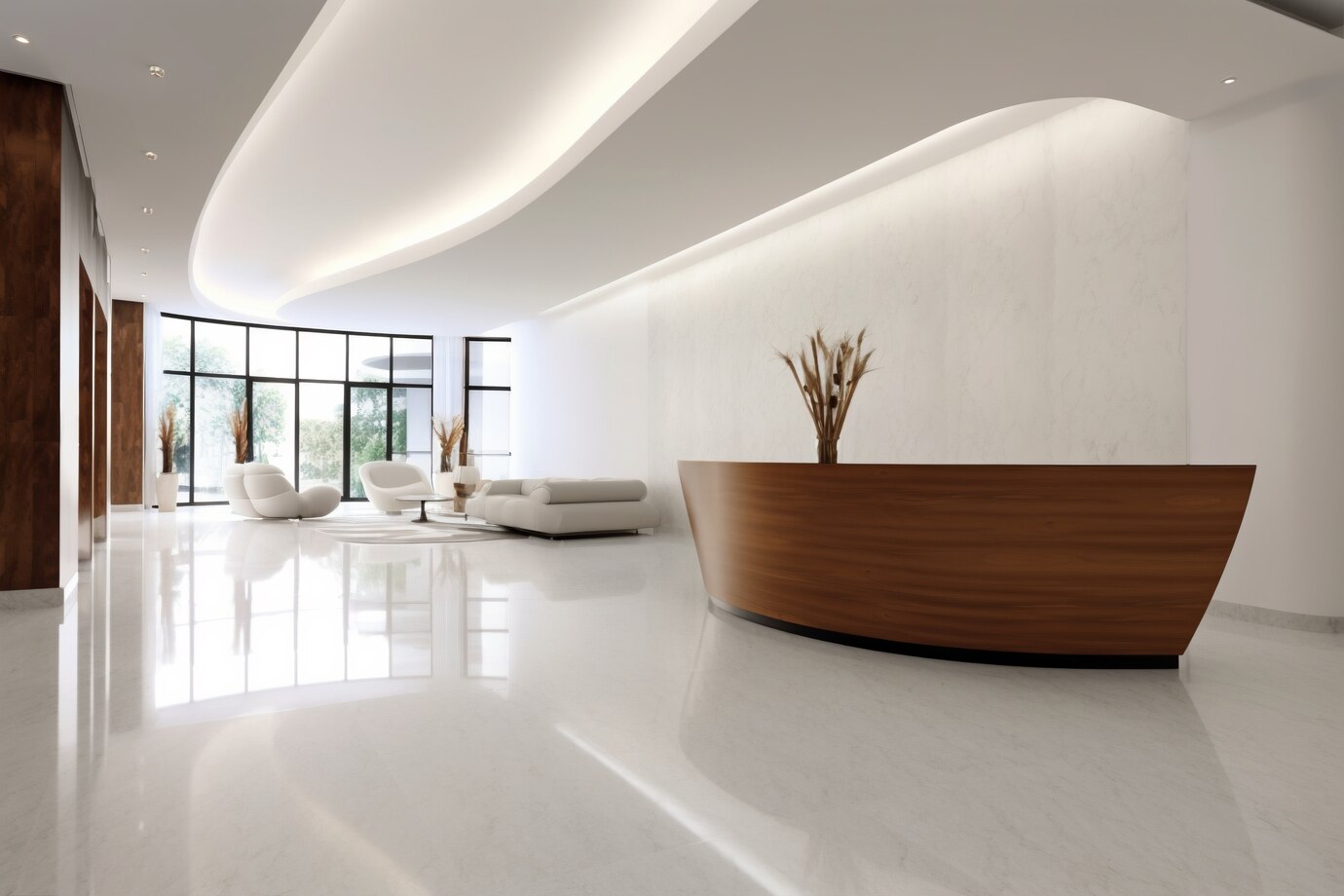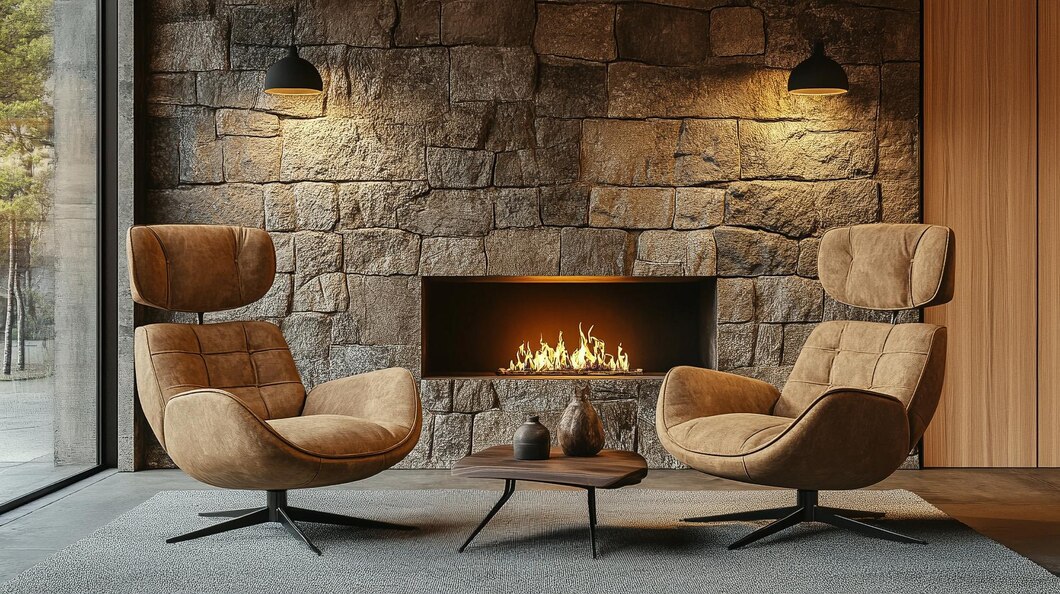
Italian Marble vs. Other Natural Stones: What Sets It Apart?
Introduction
When it comes to luxury and timeless elegance in interiors, natural stones like granite, quartzite, and marble have always been the materials of choice. Among them, Italian marble holds a special place in the world of architecture and design. Known for its aesthetic appeal, rich history, and unparalleled quality, Italian marble is often regarded as the epitome of refined taste. But how does it truly compare with other natural stones? Let’s explore what sets Italian marble apart and why it remains a top pick among designers and homeowners across the globe.
The Origin Story: History and Heritage
Italian marble is deeply rooted in the cultural and architectural heritage of Italy. Quarried from regions like Carrara, Calacatta, and Statuario, this marble has been used since ancient Roman times for sculptures, palaces, and cathedrals. Michelangelo’s David, for instance, was carved out of Carrara marble—a testament to its historical significance and enduring strength.
Other natural stones may be functional and beautiful, but few carry the same legacy or historical prestige as Italian marble. The centuries-old craftsmanship and traditional quarrying methods still practiced in Italy add a layer of authenticity and value to every slab.
Visual Appeal and Aesthetic Value
One of the most prominent reasons for choosing Italian marble is its unrivaled beauty. Characterized by a clean white background, soft veining, and a natural translucence, Italian marble exudes sophistication. Stones like Calacatta Gold, Botticino, and Statuario are known for their dramatic yet graceful patterns.
In comparison:
-
Granite has a more speckled and grainy appearance, which can look busy in minimalistic spaces.
-
Quartzite mimics marble to an extent but lacks the depth and luminosity of true Italian marble.
-
Indian marble (like Makrana or Ambaji) is durable but often lacks the refined texture and veining patterns that Italian varieties offer.
When your design demands elegance and light-reflecting brilliance, Italian marble effortlessly outshines its competitors.
Quality and Purity
Italian marble is world-renowned for its purity and consistency. For example, Carrara marble features a uniform tone and subtle grey veining, making it ideal for modern, clean aesthetics. Statuario marble, on the other hand, is prized for its stark white color and bold, contrasting veins—perfect for statement interiors.
Unlike other stones that may contain high iron content or natural fissures, Italian marble is selectively mined and quality-checked to ensure minimal flaws. This level of scrutiny in production ensures a premium product that justifies its higher price.
Workability and Versatility
Italian marble is easier to cut, shape, and polish than harder stones like granite. This makes it a favorite among sculptors, fabricators, and interior designers. It takes on a brilliant shine when polished and is incredibly responsive to surface treatments like honing, leathering, or brushing.
While quartzite and granite are more durable for heavy-use areas, they’re also more brittle and challenging to shape, especially for intricate designs like arches, columns, or detailed inlays. Italian marble, in contrast, offers the perfect blend of elegance and ease of use, especially for:
-
Flooring
-
Wall cladding
-
Countertops
-
Fireplaces
-
Bathroom vanities
Luxury and Market Perception
There’s a reason why Italian marble is synonymous with luxury. It has been the go-to choice in high-end villas, hotels, and commercial lobbies. Designers frequently use it to create focal points, and its very presence elevates the perceived value of a property.
While granite and quartzite are admired for their strength and uniqueness, they don’t carry the same luxurious reputation. Italian marble, with its European flair and association with fine living, has become a status symbol in itself.
Maintenance and Care
One of the only downsides of Italian marble is its porosity. It is more prone to staining and etching when exposed to acidic substances or heavy use. However, with proper sealing and regular maintenance, these issues can be mitigated.
Other stones like granite or quartzite are more resistant to wear and tear, making them better choices for outdoor or industrial use. But when it comes to interior elegance, few materials match the charm of polished Italian marble.
Price Comparison
Italian marble is generally more expensive than other natural stones due to its limited availability, transportation costs, and craftsmanship. However, its long-term value—both aesthetic and resale—often outweighs the upfront investment. For those seeking to create a space that feels timeless and elegant, Italian marble is worth every rupee.
Conclusion
While many natural stones serve both functional and decorative purposes, Italian marble stands apart as the quintessential luxury material. With its unmatched beauty, rich heritage, and superior finish, it remains the preferred choice for elite interiors across the world.
Whether you’re designing a minimalist bathroom or a grand living room, Italian marble adds that touch of timeless sophistication that no other natural stone can quite replicate.



